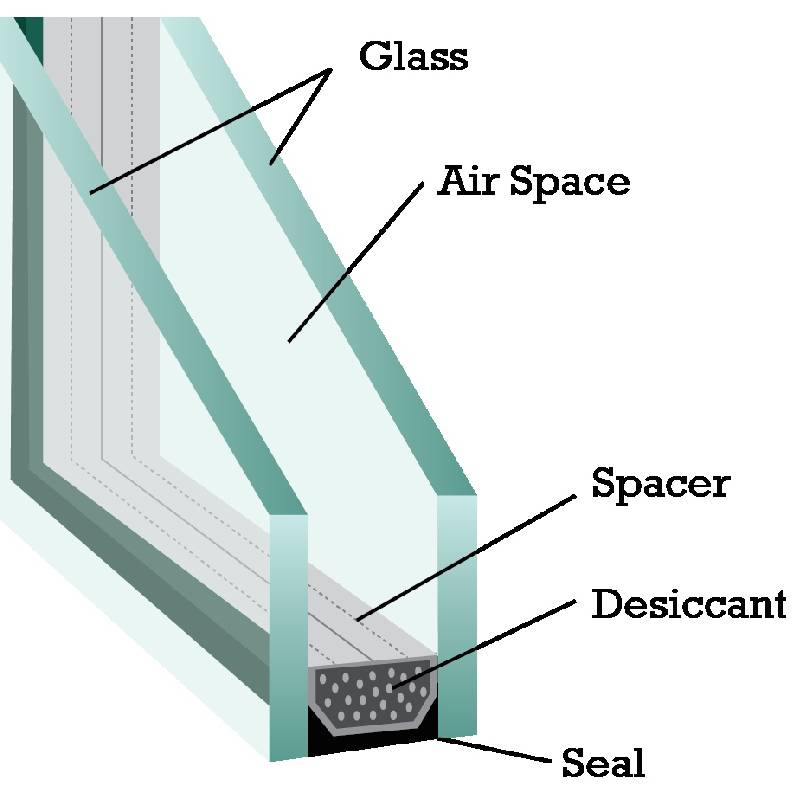

The Art of Frosted Glass Acid Etching
Frosted glass acid etching is a fascinating technique that transforms ordinary glass into stunning works of art. This process, which involves the application of acid to create a frosted effect on the surface of glass, combines both creativity and precision, allowing artists to craft intricate designs that enhance the beauty of glass objects.
At its core, acid etching uses a chemical reaction to modify the surface of the glass. The most common acid used in this process is hydrofluoric acid, which, when applied to the glass, reacts with silica to create a frosted appearance. This method not only adds an aesthetic quality but also works as a functional element, as frosted glass offers privacy while still allowing light to pass through.
The preparation of frosted glass involves several key steps. First, artists start with a clean glass surface, ensuring that it is free of dust and fingerprints. This is crucial, as any contaminants can interfere with the etching process. Next, a design is either drawn directly onto the glass or transferred using a stencil. This design can range from simple patterns to complex illustrations, depending on the artist's vision.
Once the design is in place, a resist material is applied to the areas of the glass that the artist wants to remain clear. Common resist materials include tape or liquid resist that hardens and protects the glass underneath from the acid. Afterward, the glass is carefully submerged in the acid solution. This step requires caution, as the acid is highly corrosive and poses potential health risks if not handled properly. Protective gear, such as gloves and goggles, is essential during this stage.

After a predetermined amount of time, which can vary depending on the desired depth of etching, the glass is removed from the acid bath and rinsed thoroughly with water to stop the etching process. The resist material is then peeled away, revealing the intricate design atop the frosted background. This contrast between the clear and frosted areas creates a striking visual effect that can dramatically alter the appearance of everyday glass items, such as windows, shower doors, or decorative panels.
Frosted glass acid etching is not just limited to decorative purposes. It also has practical applications in architectural design and interior decoration. Etched glass can be used to create privacy screens, dividers, or light fixtures that soften harsh lighting. Moreover, custom designs can be tailored to fit specific design aesthetics or personal preferences, making each piece unique.
The appeal of frosted glass acid etching extends beyond its immediate visual impact. It embodies a blend of traditional craftsmanship and contemporary design, appealing to artists and homeowners alike. Workshops and classes teaching the art of glass etching are increasingly popular, allowing enthusiasts to explore this medium and express their creativity.
In conclusion, frosted glass acid etching is a versatile and captivating art form that enhances both the beauty and functionality of glass. Its ability to combine personal expression with practical application makes it a treasured technique in the world of design. As it continues to evolve, it holds a special place in both artistic communities and everyday life, illuminating spaces with its unique charm.